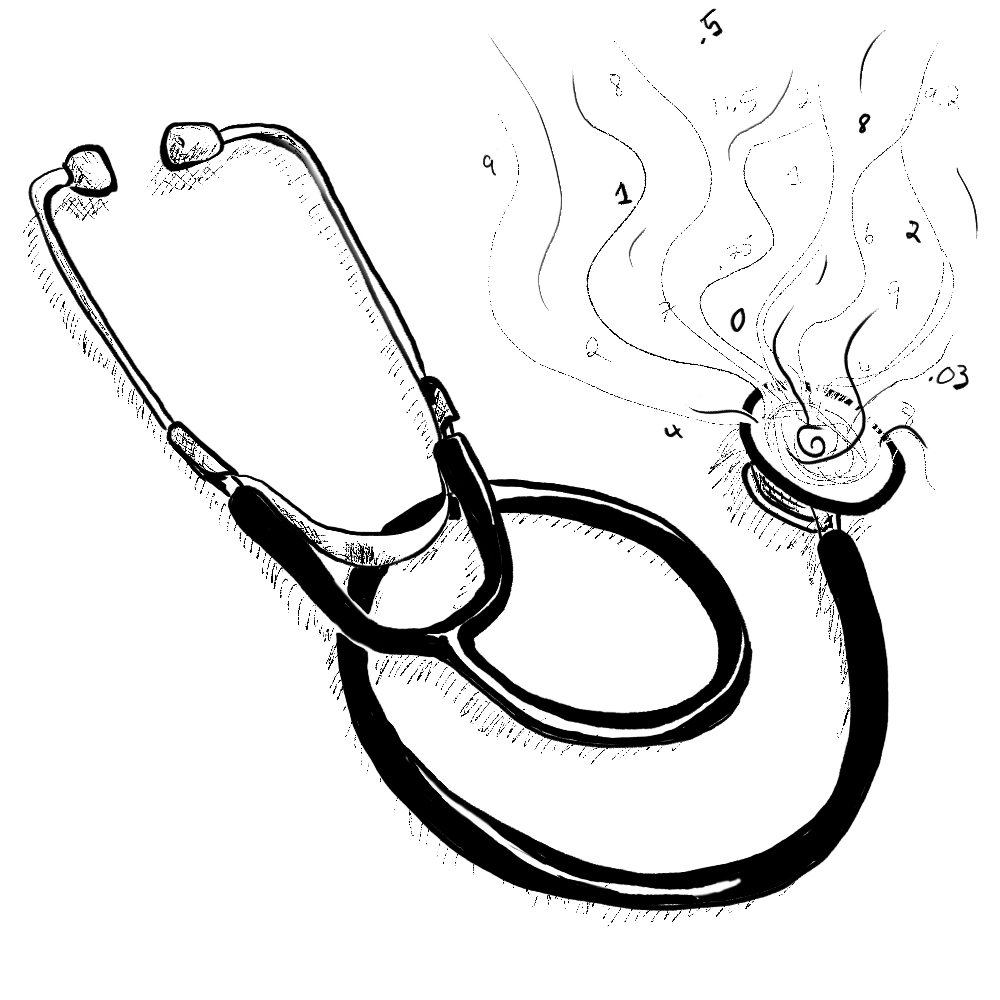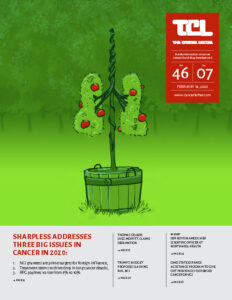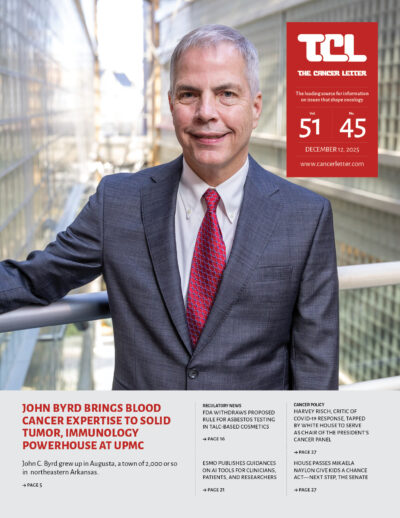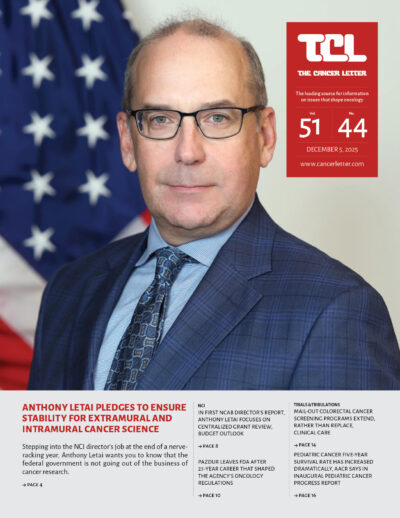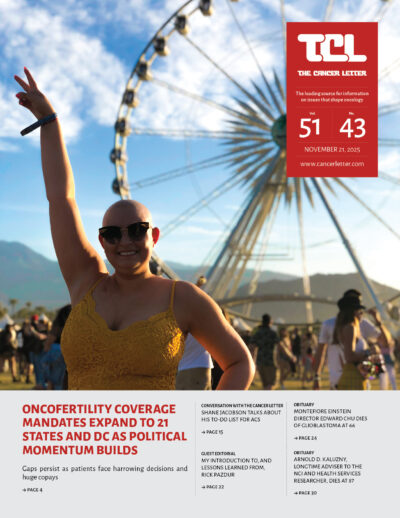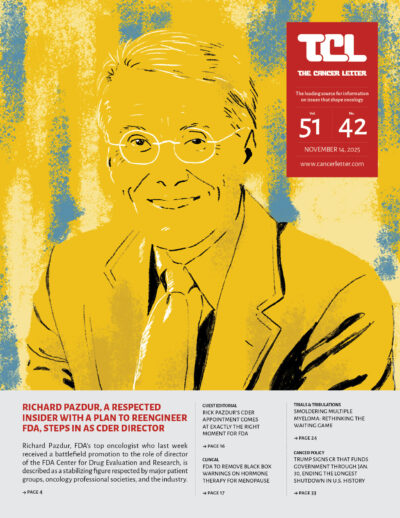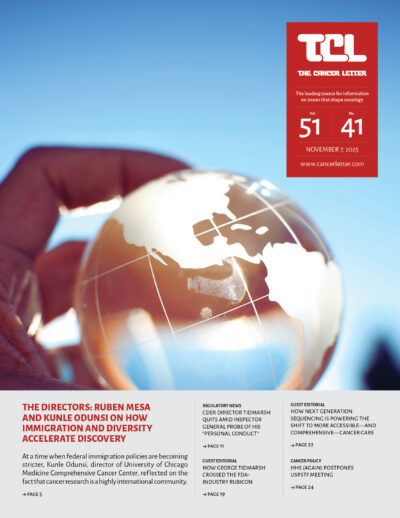

Cover Story
FreeGuest Editorial
When the Lung-MAP trial was launched in June 2014, the goal was simple: Make drug development faster and more collaborative—and do it for lung cancer, the leading cause of cancer death in the United States.This is a formidable challenge. Cancer trials were, and remain, notoriously time-consuming to launch, expensive to run, and difficult to enroll patients to. A deeper understanding of cancer biology and the genomics revolution in medicine have changed how we approach clinical research.When the Lung-MAP trial was launched in June 2014, the goal was simple: Make drug development faster and more collaborative—and do it for lung cancer, the leading cause of cancer death in the United States.
In Brief
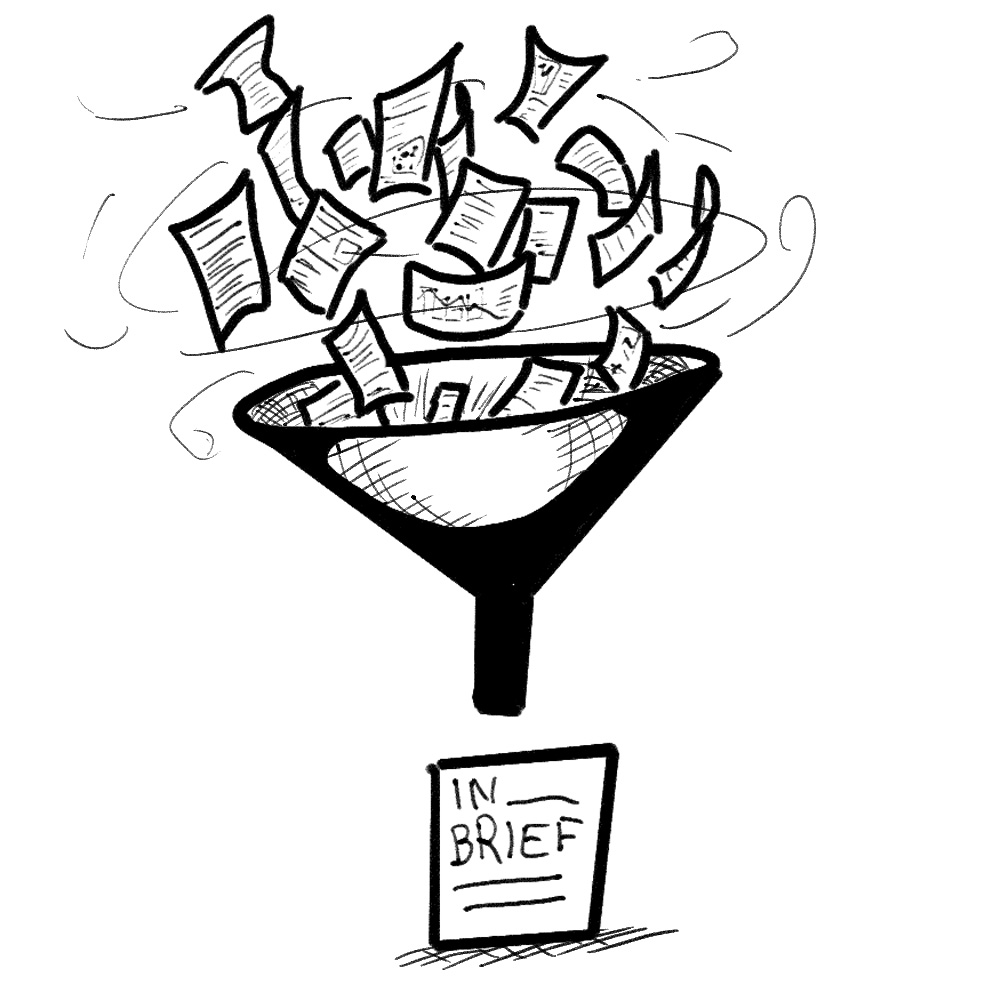

Funding Opportunities
Clinical Roundup
Drugs & Targets
Trending Stories
- Mikaela Naylon Give Kids a Chance Act nixed by Senate
- Antonio Wolff, Mikala Egeblad named co-directors of Johns Hopkins Kimmel Cancer Center Breast and Gynecologic Cancer Program
- Twitter star Vinay Prasad retires @VinayPrasadMD
- Otis Brawley looks back on a year of great science and greater challenges
- A farewell post by an unidentified NCI employee triggers an accusation of “undermining the Trump administration”
- Dana-Farber to pay $15M to U.S. government in research fraud settlement







